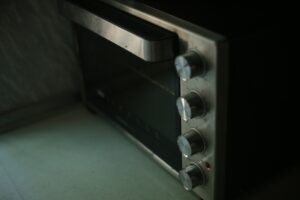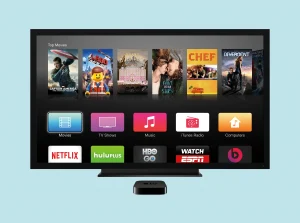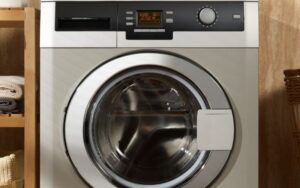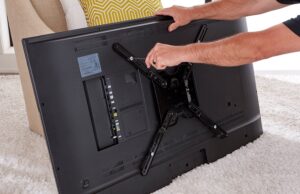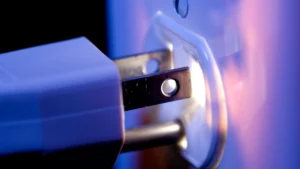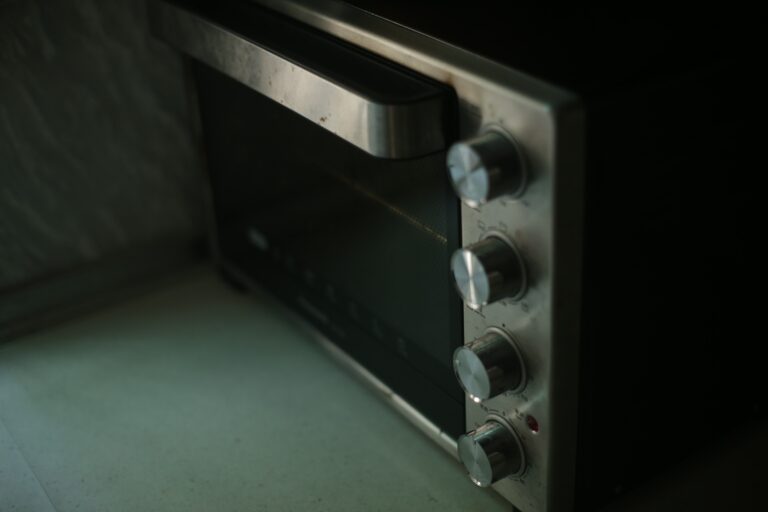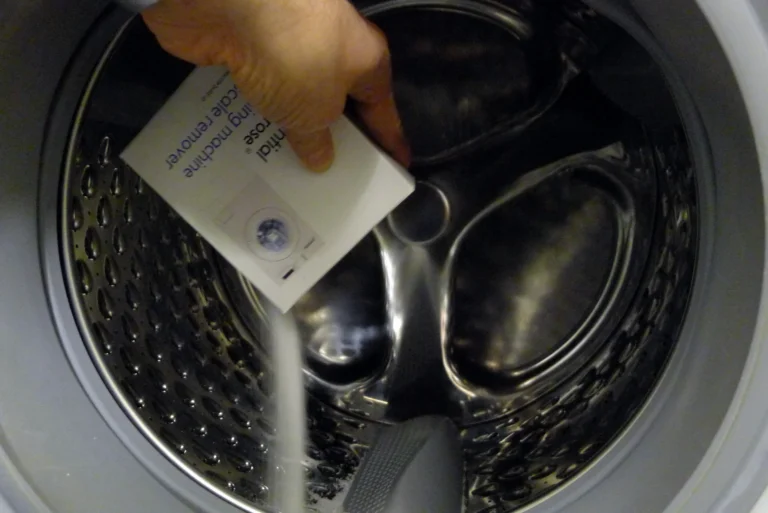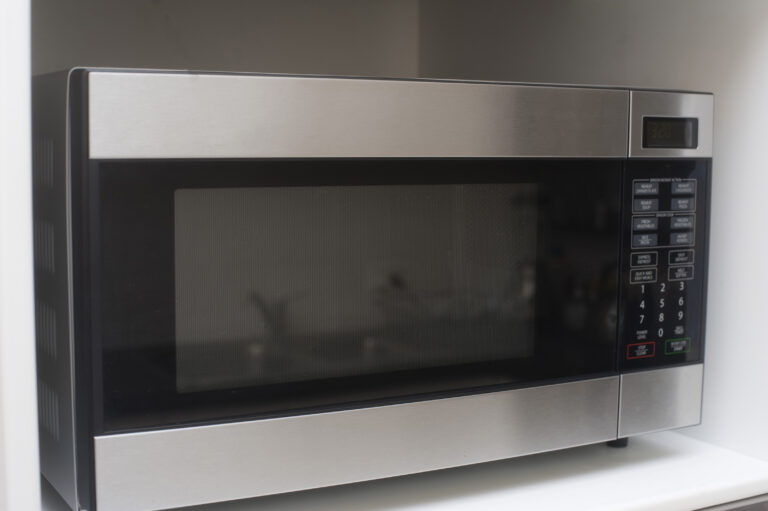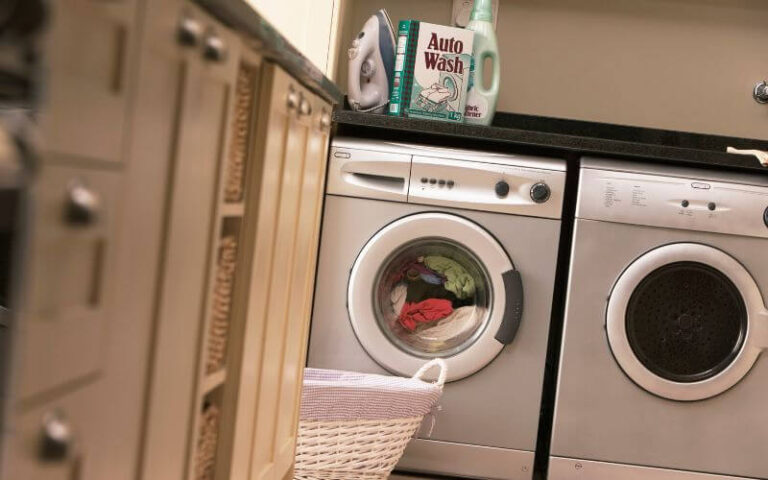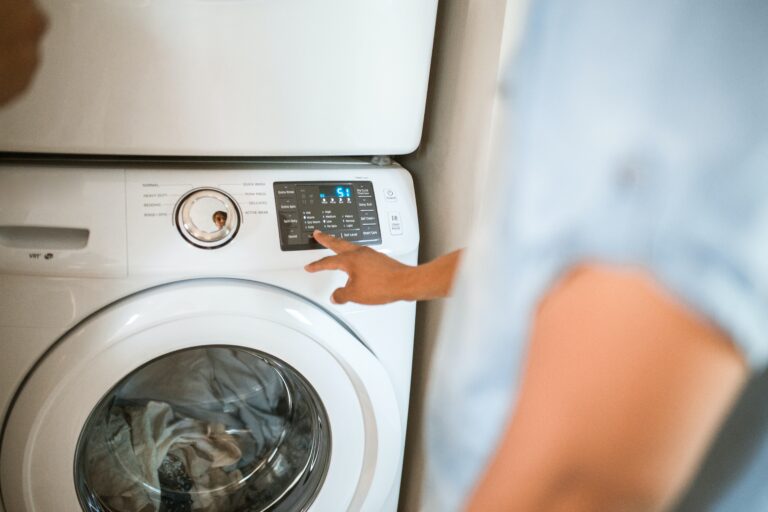Can You Use Microwave During Thunderstorm? (Must Know This)
Thunderstorms come with a lot of concerns. People express these concerns out of the stories they have heard or speculated.
An important concern during thunderstorms is safety. Most people need to learn what happens when they use their electrical appliances during a thunderstorm.
Many users have repeatedly asked whether using their microwave during a thunderstorm is safe.
During a thunderstorm, you should avoid any material connecting to an electrical source. These materials include cords, metallic objects, or appliances like your microwave. When you are in the house during a thunderstorm, endeavor to unplug all electrical appliances and stay away from them.
Reading through this article, you will find out why staying away from your microwave during a thunderstorm would be best.
You will also discover other safety precautions to adhere to during a thunderstorm.
Is It Safe to Use a Microwave During a Thunderstorm?
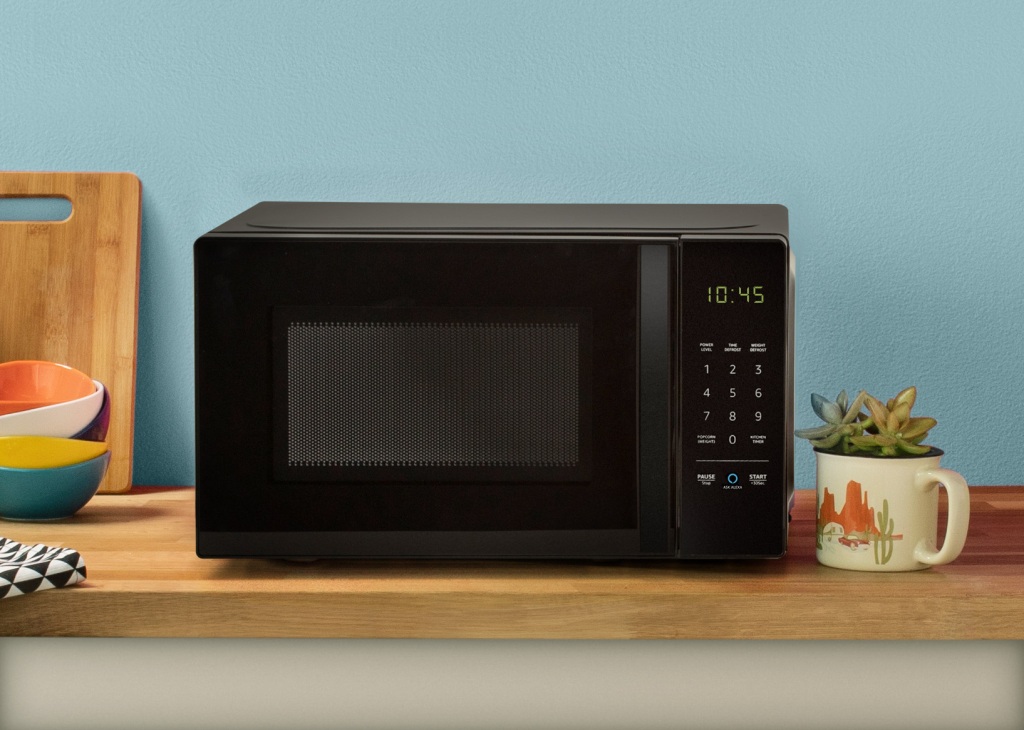
It is not safe to use a microwave during a thunderstorm. There are a lot of risks that are associated with the use of microwaves during a thunderstorm.
During thunderstorms, lightning and thunder are very common. Aside from the wind and heavy downpours, the greatest cause of concern is the lightning that accompanies the thunderstorm.
According to the weather service report, each year, a lot of people die from lightning than from other disasters of the weather like tornadoes.
This report is disturbing and can only point to one thing: you should be careful during a thunderstorm.
During lightning, an electrostatic discharge occurs between two regions. In these regions, the sky and the ground are electrically charged.
When this discharge occurs, both regions become neutralized and release up to one gigajoule of electricity. This amount of electricity is a whole lot of energy!
As this amount of discharged energy moves over the ground, it finds tall structures to rest on. These structures include poles, trees, and houses.
This strong electrical energy released during a thunderstorm finds its way through every electrical connection in your house.
This current movement is why using a microwave during a thunderstorm is unsafe. In thunderstorms, endeavor to unplug the microwave from the outlet.
When your microwave is plugged in, the discharged electrical energy can track through the plugged-in device to damage the microwave.
Furthermore, aside from appliance damage, you face the risk of electrocution when you touch the microwave.
Unplugging all electrical devices from the outlet is best whenever a thunderstorm begins. Not only that, but you should also stay away from these appliances.
The same instructions apply to the microwave, which is unsafe to use during a thunderstorm.
Can You Use a GFCI To Protect Your Microwave During a Thunderstorm?
A GFCI outlet cannot protect your microwave during a thunderstorm. When thunderstorms occur, it is unsafe to plug your microwave into a GFCI outlet.
A GFCI outlet is a ground fault circuit interrupter whose purpose is to cut-off power in an instance of electrical faults.
The outlet measures and monitors the movement of electric current as it passes a ground fault. It contains a switch that can shut out power when a fault is detected in the wiring.
A ground fault is any movement of electric current through an unintended channel. GFCI detects these movements along wires and connections that are faulty.
During lightning, the electrical power surges significantly beyond the normal. A GFCI outlet does not detect power surges. Ground faults do not necessarily denote power surges.
This surge in power still follows the normal electrical channels. When this power surge enters your house, the GFCI outlet may not detect those surges as a ground fault.
In the case of protecting your microwave during a thunderstorm, the best electrical appliance to deploy is a surge protector.
The surge protective devices are well suited to protect your microwave during a thunderstorm.
Surge protectors work by mopping up excess currents and delivering the right amount of current to your microwave.
When thunderstorms occur, lightning comes with a high electric voltage. This voltage can damage your microwave and consequently electrocute anybody that touches the microwave.
When the current enters the surge protector, the surge protector immediately acts as a high-resistance appliance.
This heightened resistance supplies a significant impedance to the flow of current.
The surge protector deflects the remaining current through the source it came from or to the ground.
By doing so, the surge protector only supplies the right amount of current to your microwave during a thunderstorm.
In this table, I will compare the qualities of the GFCI outlet and a surge protector.
| Feature | GFCI Outlets | Power Surge Protector |
|---|---|---|
| Location | Walls in kitchens, bathrooms, or wet areas. | Connected directly to the appliances |
| Function | Prevents electric shock and electrical fires | Steps down excessive electrical current.Protects appliances from surgesMaintains a fairly stable electrical supply |
| Installation method | Needs a technician | May not need a technician |
Is It Necessary to Unplug Your Microwave During a Thunderstorm?
It would be best if you unplugged your microwave during a thunderstorm. When lightning occurs, there is a surge in electric current.
This surge in the electric current passes through the electrical connections and enters your microwave. This electrical surge can damage your microwave.
Aside from the damage to the microwave, you also stand the risk of electrical shock. This high voltage that enters the microwave can remain on the surfaces of the microwave.
When you unplug the microwave during a thunderstorm, there is a break in the flow of electrical current.
The surge cannot enter the microwave. Hence, high voltage cannot damage your microwave. Furthermore, you will not be faced with the risk of electrocution.
How Does a Thunderstorm Affect Electrical Appliances?
When an electrical component receives a high voltage, the electrical components within the appliances become damaged.
These damages are due to the overheating of the microelements in the electrical appliance. When electrical surges occur due to thunderstorms, the voltage rises to a very high level.
Ideally, the amount of electrical energy entering a microwave and many other electrical appliances is measured at 120V.
In regular surges, most electrical appliances can admit up to 240V of electricity—any other rise in electrical energy beyond this point, the voltage may damage the electrical appliance.
In the case of a thunderstorm, electrical energy rises to values as high as millions of volts. This amount of energy will immediately damage any electrical appliance.
The most affected component in the microwave is the circuitry board. This board comprises remote electrical connections that cannot withstand a surge of electricity.
The electrical appliance’s damages during a surge are immediate and irreversible. You may be required to change the damaged part when these damages occur.
Depending on the extent of the damage, you may be required to replace the microwave.
FAQs
Do I Need to Stay Away from All Electrical Appliances During A Thunderstorm?
Yes, it would be best if you stayed away from your electrical appliances during a thunderstorm. Unplugging them from all the electrical connections during a thunderstorm would be best.
Which Surge Protector Is Most Effective During a Thunderstorm?
The most effective surge protector during a thunderstorm is any surge protector that can cover the whole house.
You May Also Like To Read
- 3 Reasons Your Whirlpool Microwave Display is Not Working!
- Does A Microwave Need GFCI? (Must Know This)
- 5 Reasons Your Frigidaire Microwave Keeps Tripping Breaker!
- Can You Use A Microwave With A Generator? (Explained)
- Does Microwave Block Cell Phone Signal? (Explained)
- Should I Buy A Refurbished Microwave? (Read This First)






